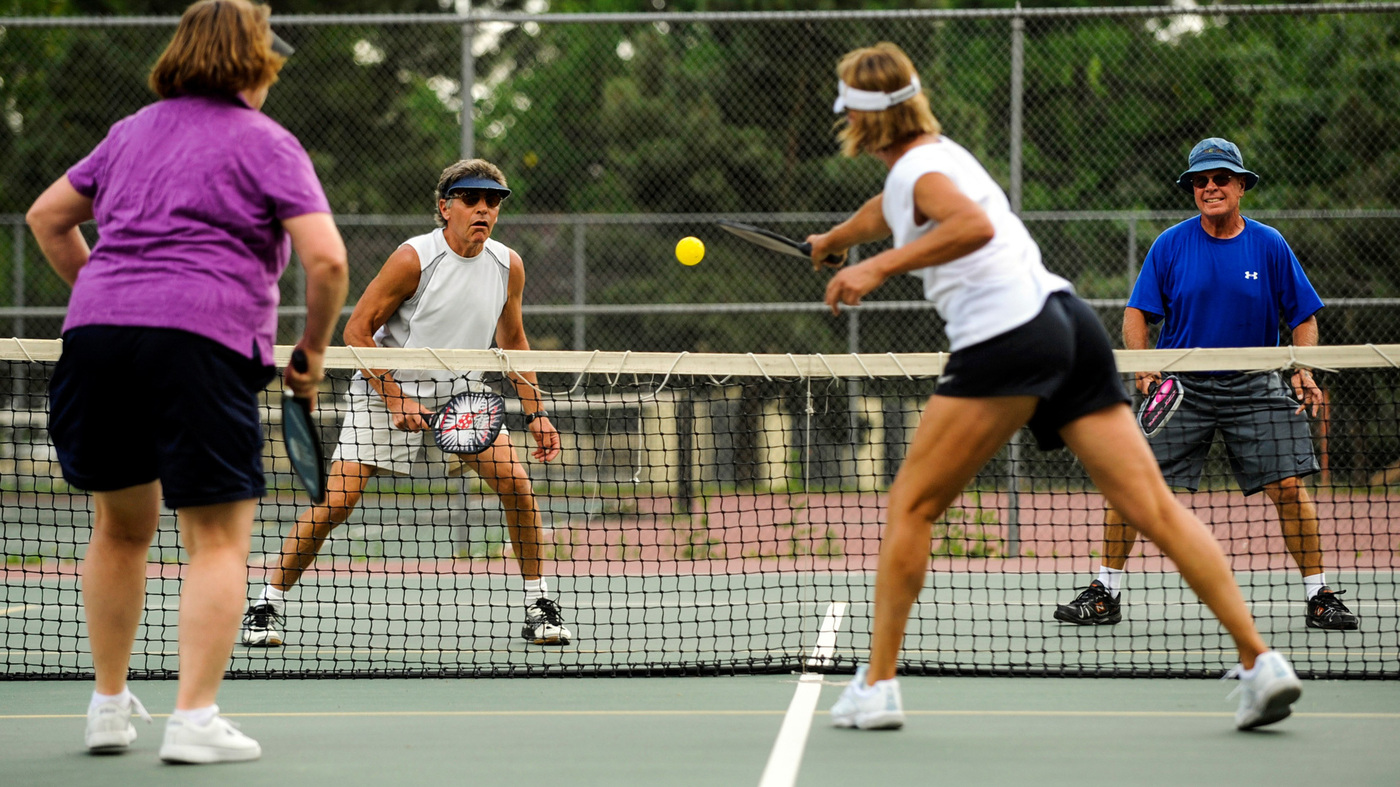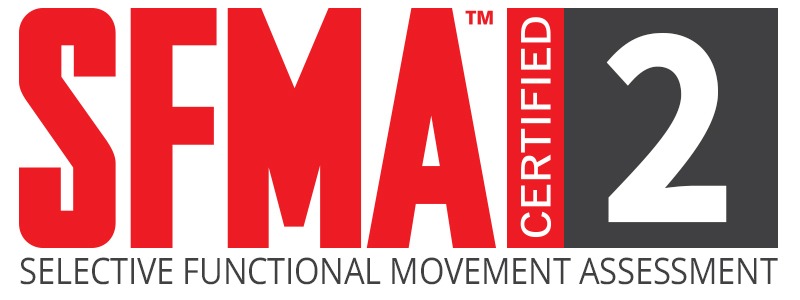by owner-admin
Share

Pickleball is no longer just a pastime for the leisurely retired community. It certainly has surged in popularity among adults aged 35-65-a demographic that values fitness as a cornerstone of their lifestyle. However, with increased play comes the risk of injury-especially true for those who play to win. Understanding the most common injuries associated with pickleball and using prevention strategies is crucial. In this guide, we dive into the three most common injuries and offer detailed prevention tips. Learn how a thorough Functional Movement Assessment (FMA) can reveal underlying muscle imbalances/mobility issues that increase your risk for injury and how a personalized exercise program can keep you thriving on the court.
Ankle Sprains and Achilles Injuries
The quick multi-directional movements required in pickleball put players at high risk for a multitude of foot and ankle sprains and strains. These injuries can range from mild to severe tendon/ligament tears leading to pain, swelling, surgery, and a frustrating hiatus from the game.
Prevention Strategies
Proprioceptive Training: Advanced balance exercises, such as single leg stands on unstable surfaces, can significantly improve your ankle’s proprioceptive abilities because it teaches your body to react more effectively to the unpredictable movements of pickleball.
Functional Strength Training: The ability of the hip muscles and core to generate stability and power is key! With inadequate glute strength/control your risk of ankle injury doubles. Incorporating exercises that simulate the lateral and forward movements of pickleball into your routine can build the muscular support needed around the ankle joint.
Footwear Assessment: I can provide expert recommendations for footwear that offers the best support for the unique demands of pickleball, considering factors like court surface, your individual playing style, and any pre-existing foot conditions you may have.
Rotator Cuff Tendonitis
Rotator cuff injuries arise from the repetitive overhead actions inherent in pickleball, such as serving and volleying. Symptoms typically manifest as pain in the shoulder, both with use and while sleeping.
Prevention Strategies
Targeted Strengthening: Forget old-fashioned band exercises! Research proves that focusing on strengthening the muscles that control the shoulder girdle improves shoulder mechanics and decreases impingement. Functional exercises mirror the dynamic movements of pickleball, train the core and rotator cuff, and increase tendon resilience.
Precision Warm-Ups: Tailor your warm-up routine to include sport-specific movements. Dynamic stretches that simulate the serving motion can prepare your muscles and tendons for the stresses of gameplay.
Serve Mechanics: Work with a pickleball instructor to refine your serving technique, emphasize shoulder stability, reduce unnecessary strain, and lower your risk of tendonitis. As a Physical Therapist, I don’t just prescribe exercises, I analyze your movement patterns and tailor interventions to ensure that your shoulders are not only prepared for pickleball but also protected against injuries.
Tennis Elbow
Tennis elbow despite its name, is a frequent complaint among pickleball players. Symptoms appear as pain on the outside of the elbow/forearm and can greatly affect a player’s grip and swing. This painful condition is also the result of muscle overuse /imbalances so the entire upper extremity needs to be assessed to avoid a chronic injury or recurrence.
Prevention Strategies
Scapular, Rotator Cuff, and Grip Strengthening: Strength and endurance of the shoulder blade and the rotator cuff can decrease the force and tension put upon the elbow/forearm during the pickleball swing. The stronger the muscles in the shoulder blade, the less stress and force transmitted down through the elbow.
Strengthening Forearm Muscles: Research supports that specific eccentric strength training is the most effective strategy for treating and preventing tennis elbow!
Equipment Optimization: Evaluation of your playing equipment for ergonomic design can make a significant difference. Changes to paddle weight, grip size, and even the type of ball used can reduce strain on these forearm tendons.
Elevating Your Game with Expert Physical Therapy
I understand that pickleball isn’t just a game — it’s a passion. Through a comprehensive assessment, I’ll identify your individual risk factors and craft an exercise program tailored to you. In offering a holistic treatment and prevention plan, I go beyond the basics by providing a regimen that includes manual therapy techniques, microcurrent, and cold laser to enhance tissue healing and recovery. A home exercise program initiated at your first visit and progressed over time ensures that you are in peak condition to handle the rigors of the game. My mobile concierge service means that you’ll receive this specialized care at your convenience, whether you’re at home, at work, or even on the court! This flexibility is especially valuable for busy clients who prioritize their health and well-being but find it challenging to fit traditional clinic visits into their schedules. Otherwise, I’m happy to see you at my office!
Don’t Wait for Pain
Waiting to seek help for pain or injury can greatly impact your ability to enjoy the sport. Proactive measures can make all the difference!
If you’re passionate about pickleball and committed to staying injury-free, call EmPower Concierge Physical Therapy today at 208-309-0281 to take advantage of my offer for a FREE discovery session. Let’s keep you moving, playing, and living life to the fullest!
Move well. Move often.
Kim Mazik, MSPT,CEAC
EmPower Concierge Physical Therapy
EmPowerPTSV.com
208-309-0281



